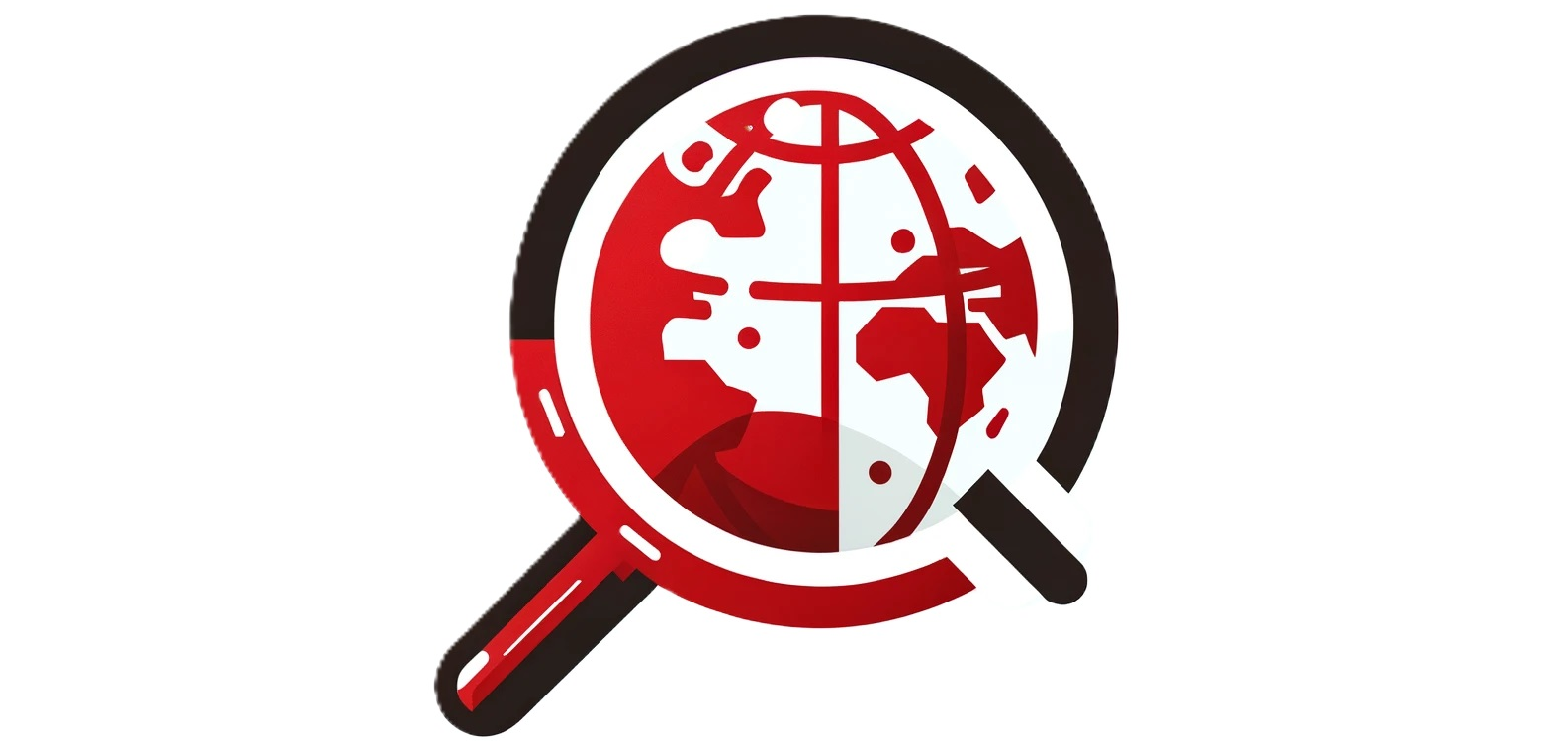Quality control is important in all industries but for manufacturers of automotive parts it is vital to ensure that each and every product leaving the factory is of the very highest quality. Today new cars are more reliable than ever before. As car producers invest in top-quality control inspections so must the manufacturers who form an essential part of their supply chain. The automotive industry has very little room for error when it comes to safety and manufacturing efficiency; yet stories of expensive recalls still persist.
Automotive Quality Control
Quality control in the automotive industry is not only essential for to ensure reliability but can also help to reduce cost. Investing in high-quality products may appear to cost your business more when cheaper alternatives are readily available but, compare this with the potential future cost of recalls and accident compensations that can be costly and hazardous to both drivers and the manufacturers. Targeted and specific independent quality control inspections can spot and fix any problems before the product is marketed to manufacturers and consumers by ensuring that all automotive components meet essential industry standards.
In the automotive industry quality control is a lengthy process both in terms of bringing a new model to market as well as in ensuring that every vehicle built during the entire production cycle is up to the highest possible standard. Prototype models are built and tested to find any mechanical problems or issues which need to be improved or changed. Once the prototypes have been inspected, the design will go into production and quality control continues with every vehicle. After the building work is completed, each car is inspected and tested for any further issues such as, fluid or air leaks, mechanical problems and to ensure the vehicle has been accurately assembled.
Automotive parts Inspections
Visual inspections will take place to look for any issues, as even the smallest of defects could potentially be the root cause of accidents or expensive recalls. In order to achieve an efficient and long-lasting engine the cylinder head and block are visually inspected, focusing on the oil bore holes, oil lines and cooling channels. Secondly, the brake system is the most important safety component of a vehicle and the master cylinder, the brake calliper, brake discs and fluid all need to be visually tested during the production process.
It is critical to ensure that the quality of the automotive parts used in these areas in order to improve safety and usability and decrease the risk of recall.
It is essential that all parts used in the assembly process satisfy specified quality criteria. As mentioned above, components for the engine and for the brake system are particularly critical engine parts but the list continues with automotive interiors and exteriors, powertrain components, brake fittings, steering systems, wheel systems, undercarriage components, body parts, travel accessories, the full range of electrical instrumentation accessories, any specific modification such as toughened bodywork and glass, security systems, comprehensive accessories, audio and video appliances, chemical care, maintenance equipment and power tools can all be visually inspected and checked against drawings and specifications.
Pre-shipment inspections are essential when any problems can be spotted and eliminated thus saving time and allowing the production line to fix any errors before the consumer receives the shipment. The main aspects that should be looked at during this stage are;
- Product Requirements – matching the prototype to the drawings and client’s specifications
- Material and Construction – ensuring top-quality materials are being used and tested
- Weight and Dimensions – looking at the client’s checklist; correctly weighing and measuring the materials and this can often requires precision down to a fraction of a millimetre
- Colour – colour requirements are verified against a sample from mass production and approved using pantone colour swatches
- Functionality – check device functions to ensure proper operation
- Markings and Labelling – accurate labelling is required to ensure conformity by a certified laboratory or on-site during inspection.
To reduce the risk of any parts not being compliant, supervision is necessary during production, allowing suppliers to analyse any issues and make relevant adjustments.
Testing Methods
The detailed testing methods used to help production companies meet the correct requirements are;
- Chemical composition analysis
- Metallographic analysis
- Hardness testing, tensile strength
- Yield strength
- Extensibility
- Roughness of surface
- Coating thickness
- Magnetic powder inspection
- Ultrasonic flaw detection
- X-ray pressure resistance inspection
- Airtight test
- Vehicle flame retardant material test
- Vehicle interior hazardous substance test
- Material aging test
- Conditioning test
- Temperature and humidity test
- Waterproof and aging test
- Impact test
- Bending test
- Overpressure test
- Ignition pulse test
- Insulation resistance test
- Short circuit test
- Drop test
- Rigidity test
- Crash test
- Mechanical shock test
- Gas corrosion resistance test
- Chemical reagent resistance test
- High acceleration test
- Working voltage test
- Electrical current test.
The importance of Autmotive inspections
We are all familiar with many of the automotive recalls over the past few years. Some are because the vehicles are unsafe, some because they do not comply with standards and local emission requirements, and some that are due to issues with the manufacturing process. Whatever the cause the cost is not limited to fixing the issue but also extends to the cost of reduced sales due to the reputational impact. Many car manufacturers will attempt to reclaim some of this cost from their parts suppliers if and when they can demonstrate that the issue is with a faulty part. It is essential, therefore, that every supplier of automotive parts ensures that their quality assurance processes are of the highest possible standards.
About AQM BD
Whether you are in the railway, automotive, trucking or aerospace industries, AQM BD has the solution for your quality needs. We bring long experience and a broad range of services to ensure the quality of the equipment, materials and products in your transportation supply chain. Our extensive inspection, testing, audit, certification and consulting experience is ready-made to support this emerging market. With over 25 years of quality assurance experience across Asia, AQM BD is ready to help your business build strong and meaningful supplier relationships. AQM BD is your first choice to ensure reliability and excellence in quality every time, contact us today.
https://www.industryweek.com/leadership/companies-executives/article/21949571/what-automotive-needs-right-now-quality-control-manufacturing-efficiency
https://www.schoelly.de/en/visual-inspection/applications/automotive/
https://www.todaysmotorvehicles.com/article/nikon-metrology-automotive-assembly-inspection-lasers-51914/





